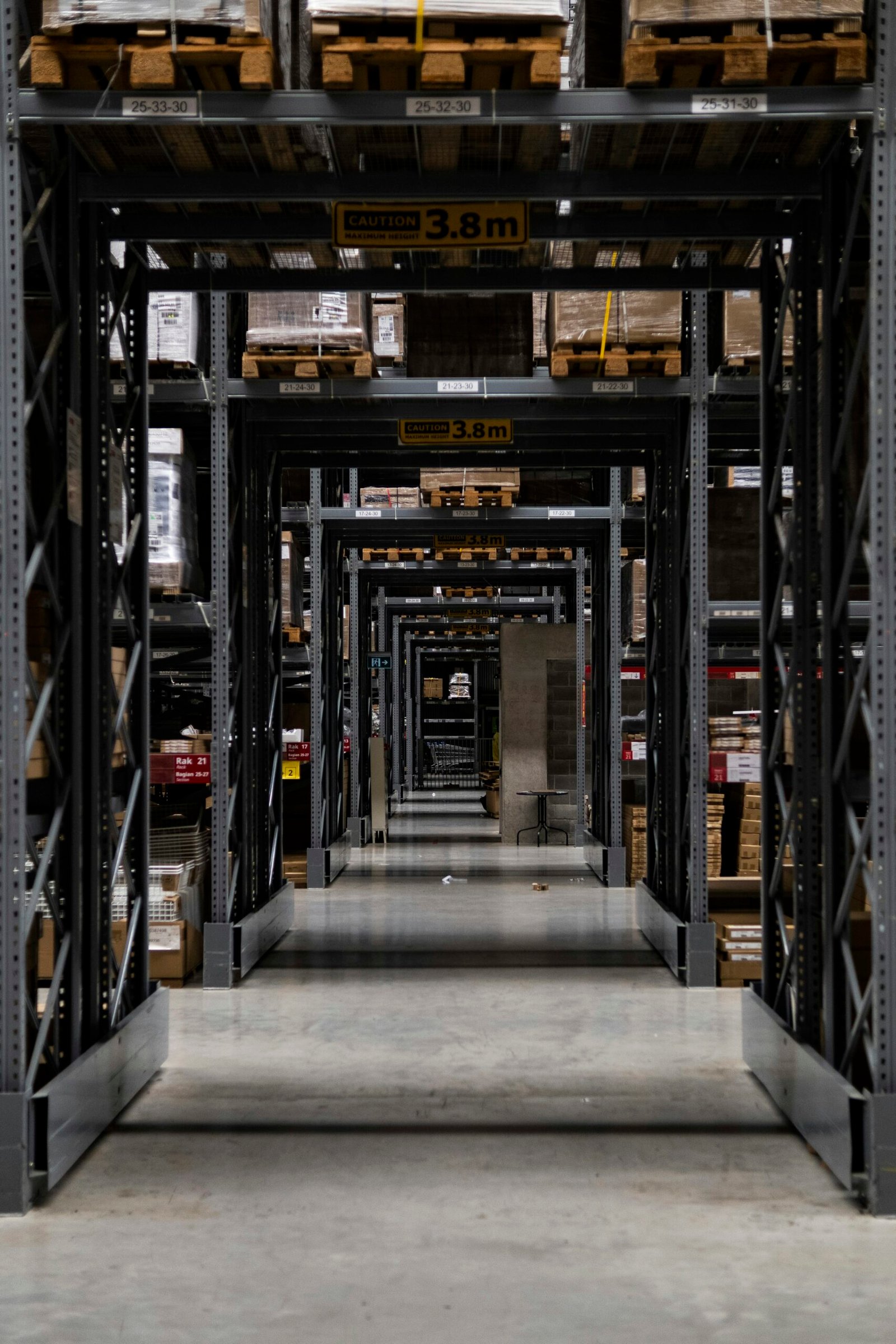Introduction to Warehouse Trends in 2025
The global warehousing landscape is undergoing significant transformation as businesses adapt to evolving consumer behaviors, technological advancements, and supply chain dynamics. As we look toward the year 2025, it is essential to understand the trends shaping the warehouse industry and their implications for operational efficiency and competitiveness. The growth of e-commerce has fundamentally altered customer expectations, leading to increased demand for faster delivery times and more flexible inventory systems. This shift necessitates a reevaluation of warehouse processes, prompting companies to invest in innovative solutions that enhance their responsiveness.
Technological advancements play a crucial role in shaping warehouse operations. Automation, artificial intelligence, and data analytics are increasingly being integrated into warehouse management systems. These technologies not only improve operational efficiency but also facilitate better decision-making and resource allocation. For instance, automated picking systems and robotics can significantly reduce labor costs and enhance order fulfillment accuracy. Moreover, the adoption of advanced data analytics enables businesses to predict demand more accurately, optimize inventory levels, and streamline logistics planning.
In addition to technological changes, shifts in supply chain strategies are influencing warehousing practices. The growing emphasis on sustainability and environmental responsibility is prompting companies to rethink their warehousing operations to minimize waste and energy consumption. Furthermore, the rise of omnichannel retailing requires warehouses to develop agile systems capable of handling diverse order scenarios, thus enhancing customer satisfaction. By understanding these evolving trends and the insights gathered from the 2025 survey, businesses can better position themselves to meet the challenges of the future and maintain a competitive edge in an increasingly complex marketplace.
Technological Innovations Reshaping Warehousing
The landscape of warehouse operations is undergoing a significant transformation, primarily driven by technological innovations that promise to redefine how goods are stored and managed. One of the most notable advancements is the rise of automation and robotics. Automated Guided Vehicles (AGVs) and autonomous mobile robots (AMRs) are increasingly being utilized to transport materials within warehouses, thereby reducing labor costs and minimizing human error. These machines can operate around the clock, leading to increased productivity and efficiency in warehouse environments.
Alongside automation, the integration of artificial intelligence (AI) and machine learning is enhancing inventory management practices. AI algorithms can analyze vast amounts of data to predict demand trends, allowing companies to optimize stock levels and reduce holding costs. By employing machine learning models, warehouses can adjust their inventory management strategies in real-time, enhancing decision-making processes. However, the adoption of these technologies is not without challenges; it requires significant investment in infrastructure and training, which may deter some companies from implementing them.
Moreover, the Internet of Things (IoT) is reshaping warehouse efficiency through real-time tracking and monitoring of inventory. IoT devices can provide continuous data streams about stock levels, product conditions, and equipment performance. This granular visibility enables warehouse managers to make informed decisions promptly, further enhancing operational efficiency and accuracy. The challenge associated with IoT integration lies in ensuring data security and managing the vast amount of information generated. As more organizations embrace these technological innovations, the potential for improved warehouse performance becomes apparent.
Evolving Supply Chain Strategies and Their Impact
The landscape of supply chain management is undergoing significant transformation as organizations seek to optimize their operations for better efficiency and responsiveness. In particular, concepts such as just-in-time inventory management, omni-channel distribution, and sustainability initiatives are shaping the way businesses design and manage their warehouses. These evolving strategies will dictate not only warehouse design and location but also the capacity needs of businesses as they prepare for the demands of 2025 and beyond.
Just-in-time inventory management has gained traction as companies aim to reduce carrying costs and minimize waste. This approach necessitates the strategic placement of warehouses closer to suppliers and customers, allowing for quicker turnaround times. As such, the traditional models of warehousing, which often emphasized large, centralized facilities, are giving way to smaller, strategically located hubs. This shift requires a reevaluation of how warehouses are designed to support rapid inventory flows and ensure timely deliveries.
Omni-channel distribution is another critical factor influencing warehouse operations. With the rise of e-commerce, businesses now face the need to cater to multiple sales channels. This trend emphasizes the necessity of versatile warehouse configurations capable of handling mixed inventory for retail, online, and wholesale orders. Warehouses must evolve to support this complexity, which may involve adopting automated systems to enhance picking and packing accuracy.
Furthermore, sustainability initiatives are becoming paramount as consumers increasingly favor environmentally responsible practices. Companies are adopting green practices within their warehouses, such as energy-efficient technologies and sustainable sourcing strategies, to lower their carbon footprint and align with customer values. Adaptability in warehouse management will thus be essential for businesses to remain competitive in a rapidly changing global market, ensuring they can quickly adjust to shifting demands and supply chain challenges.
Key Takeaways from the 2025 Warehouse Trends Survey
The 2025 Warehouse Trends Survey highlights several critical insights that warehouse managers and stakeholders should consider moving forward. One of the most significant findings is the anticipated increase in investments aimed at modernizing warehouse facilities, with nearly 70% of participants indicating plans to allocate funds towards automation and advanced technologies. This trend underscores the necessity for organizations to embrace innovative solutions that enhance operational efficiency and streamline processes.
Workforce dynamics are also evolving, as many respondents noted a shift in labor requirements. Approximately 56% of firms surveyed expect to increase their workforce in the upcoming years, particularly in roles related to technology management and data analytics. This change reflects a growing need for skilled professionals who can harness new technologies and optimize warehouse operations. Consequently, training and development programs are becoming vital to ensure that employees are well-equipped for these emerging roles.
Sustainability was a recurrent theme throughout the survey, with 65% of participants acknowledging a prioritization of eco-friendly practices within their operations. This commitment to sustainability not only addresses regulatory pressures but also aligns with consumer preferences, as customers increasingly favor businesses that demonstrate environmental responsibility. Implementing strategies such as energy-efficient technologies and waste reduction initiatives can significantly enhance a warehouse’s operational sustainability.
In light of these trends, warehouse managers are encouraged to remain proactive in adapting their strategies. Embracing continuous learning and staying informed about industry shifts will empower them to navigate the complexities of the evolving warehouse landscape. By leveraging insights from the survey and focusing on investment in technology, workforce development, and sustainability, stakeholders will be better positioned to thrive in the competitive marketplace of 2025 and beyond.









